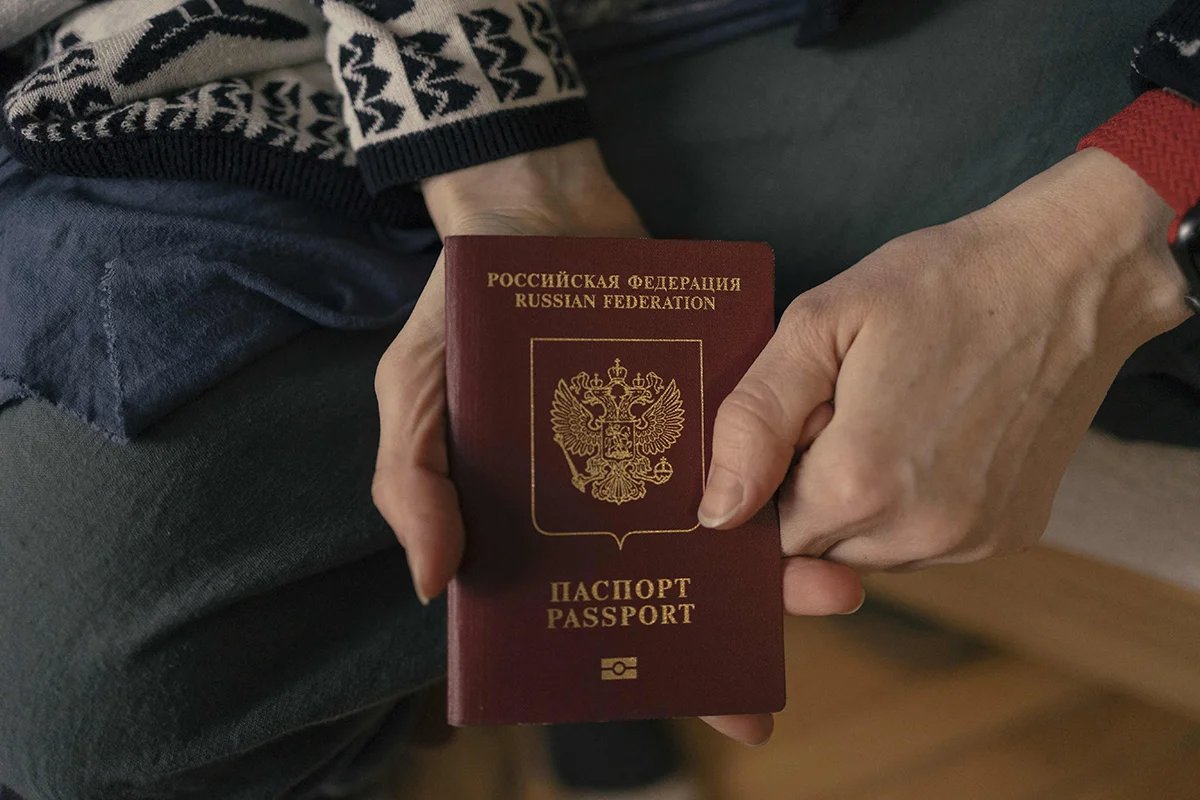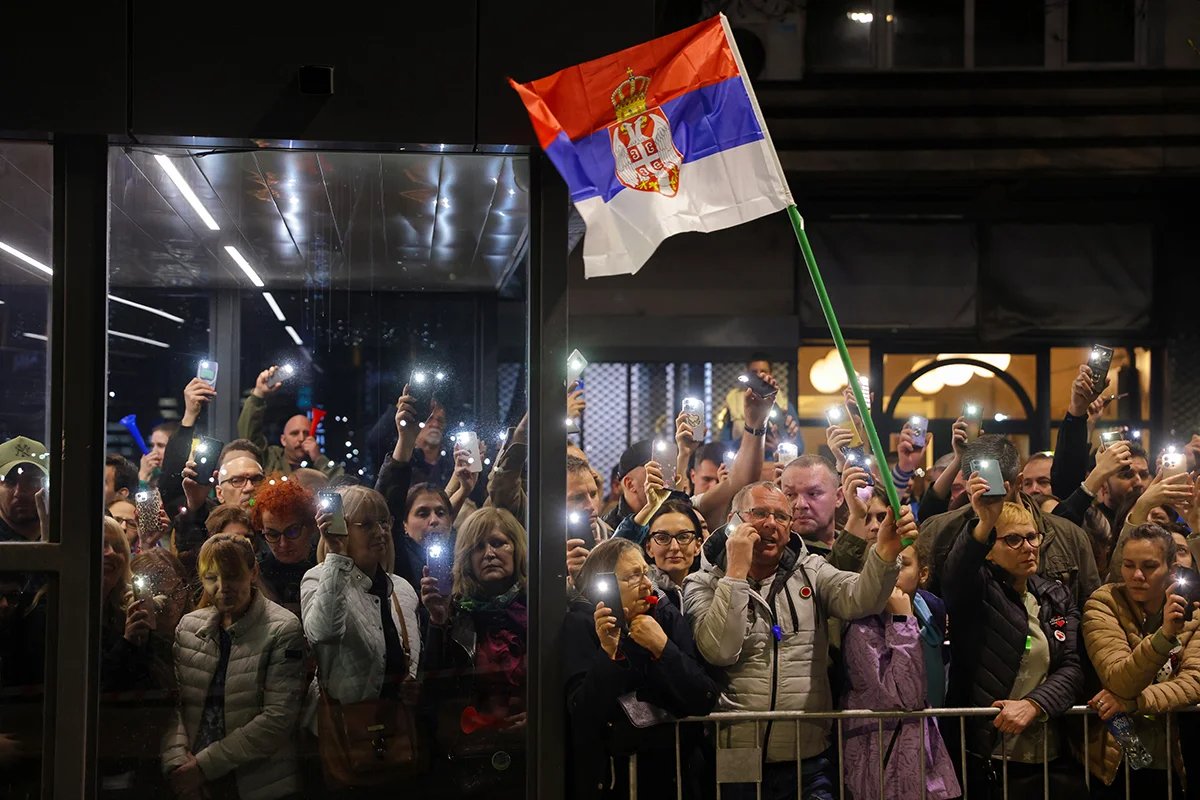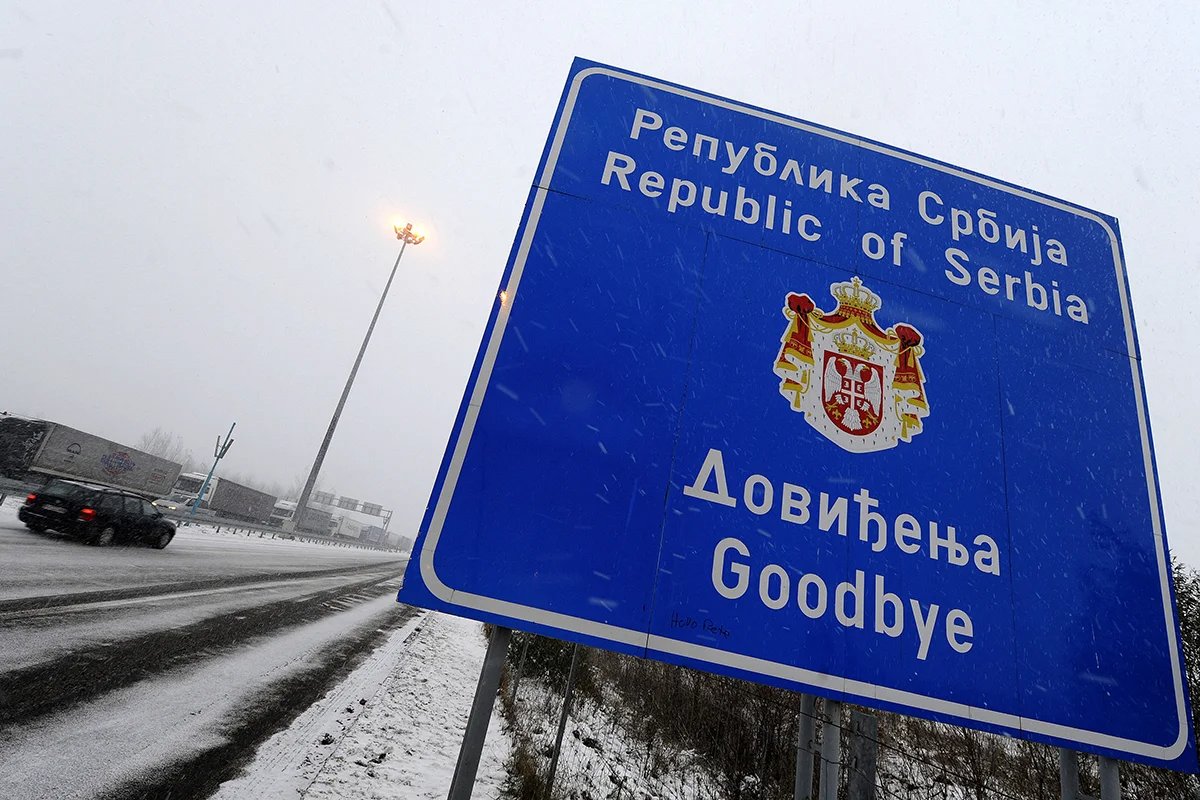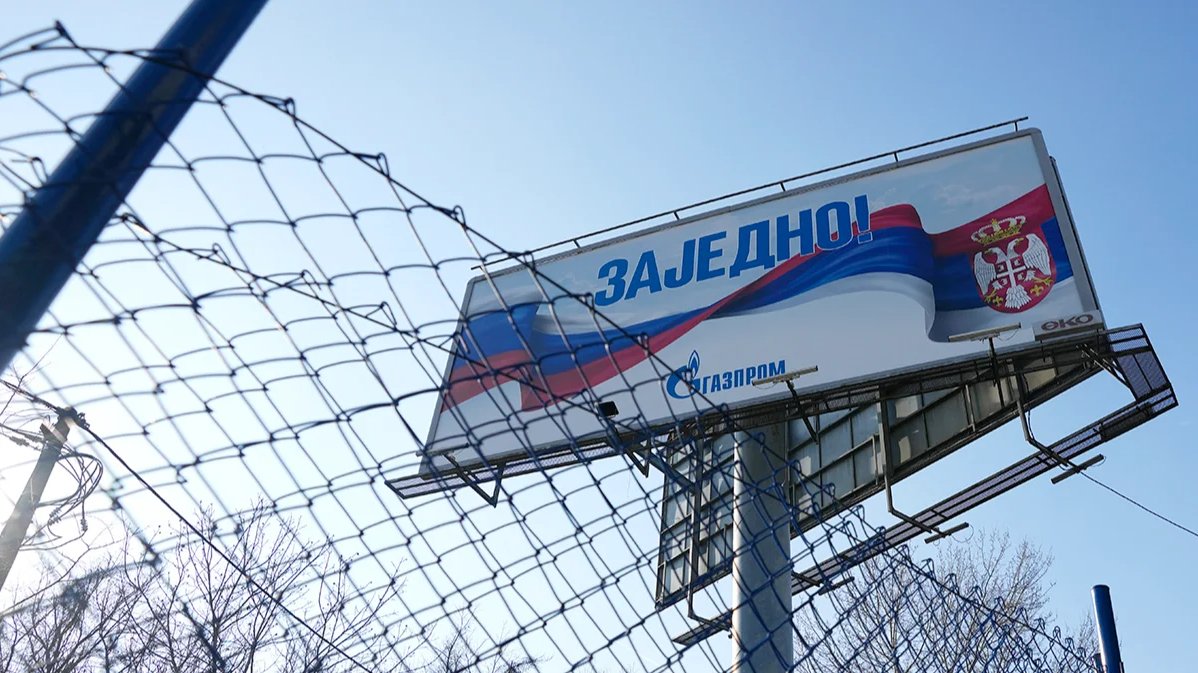Dozens of Russians are now stateless in Serbia after getting stranded in legal limbo. To obtain a Serbian passport, they had to give up their Russian citizenship, but they’re still waiting for their Serbian documents to be issued.
The Moscow Times spoke with one source who claimed that Serbian authorities had imposed an “unofficial ban” on granting citizenship to immigrants from Russia, Ukraine and Belarus.
But others contend that the delays have more to do with bureaucratic inefficiency, compounded by months of anti-corruption protests that have heightened political tensions in the country.
Novaya Gazeta Europe’s Yulia Akhmedova spoke with several former Russian citizens in Serbia to find out more.
A political reason
A YouTuber named Igor moved to Serbia in 2014 with his wife, Irina, and their child. Back then, they could only get permanent residence after five years in the country. The requirement has since been reduced to three years.
Once his family had legal permanent residence they were entitled to apply for Serbian citizenship, which meant they had to give up their Russian citizenship. Except in a few special circumstances, all applicants for Serbian citizenship are required to give up their former citizenship.
“It turns out we have no rights. Legally, I am separate from my family — my young children and my wife are citizens of Serbia and I am not.”
The couple began the process of giving up their Russian citizenship after receiving official approval from the Serbian Interior Ministry for Serbian citizenship. Irina gave up her Russian citizenship in May 2023 and received a Serbian passport a month later. But ever since Igor gave up his Russian citizenship in February 2024, he’s been stuck in a bureaucratic no man’s land. For more than a year now, he has been stateless and unable to leave Serbia.
“The Interior Ministry has not responded to our inquiries or those of our lawyer,” Irina said. Igor appealed his case to an ombudsman, insisting that his rights were being violated. Finally he received a response from the Interior Ministry, which informed the ombudsman that Igor’s case had been handed over to the Security Information Agency, the BIA, for further verification. “This is some kind of extra screening, because I was only checked once, while the application was ongoing,” said Irina.
Igor suspects that this is discrimination based on his country of origin. “How else can you explain that my friends, who were citizens of Kazakhstan, got their Serbian citizenship in two to three weeks with no problems at all?” Igor asked. “If they at least denied my application, we could go to court. But we can’t even do that. It turns out we have no rights. Legally, I am separate from my family — my young children and my wife are citizens of Serbia and I am not.”

Photo: Vladimir Zivojinović / AFP / Scanpix / LETA
Nadezhda and her husband Vitaly found themselves in a similar situation. They moved to Serbia in 2017, received permanent residence and applied for citizenship in 2023. Their cases have been frozen since October of last year, after they gave up their Russian citizenship.
“We see that people from other countries aren’t having these problems, just Russians and Belarusians,” said Nadezhda.
While some think the EU could be indirectly responsible for this ban, Nadezhda doubts that this is the case. “EU countries are issuing citizenship [to Russians]. I’m more than sure that there’s some political reason behind it, but not because of Europe,” she said.
“We mean the general feeling of insecurity in a country where your legal status isn’t always clear and laws aren’t always enforced.”
The people Novaya Europe spoke to wondered if their statelessness could be attributed to pressure from Moscow on anti-war Russians, but even that explanation lacked a clear logic. Irina said her “community of stateless persons” is made up of a diverse array of people — housewives, writers, bloggers, entrepreneurs — and not everyone had moved to Serbia for political reasons.
“The feeling I get is that it’s all Russians, or rather, former Russians, who’ve been put in this limbo,” said Irina. “It’s a shame because there are people who wanted to move to Serbia, to integrate and pay taxes, and now they’ve decided to leave after seeing our situation. We’re not just talking about Serbian passports. We mean the general feeling of insecurity in a country where your legal status isn’t always clear and laws aren’t always enforced,” she said.
Chasing a Serbian passport
Serbia isn’t a member of the EU, but its citizens can travel to over 90 countries without a visa, including Europe’s borderless Schengen area. In March 2023, the Serbian Interior Ministry drafted a bill that would have allowed foreigners to apply for citizenship after a year of permanent residence. At the time, Serbian President Aleksandar Vučić declared that the country needed extra hands for its workforce.
But Serbia abandoned its plans in the face of pressure from the EU. Brussels complained that if Serbia oversimplified the naturalisation process, it would contribute to uncontrolled migration into the EU.
Serbia became a hotspot for Russian emigration after Russia launched its full-scale invasion of Ukraine in February 2022. By November, there were over 100,000 Russians residing in the country. According to the Interior Ministry, there were significantly more foreigners living in Serbia in 2023 than at any point in the previous decade, with the largest share of migrants coming from Russia (51%), followed by China (15%), Türkiye (7.5%) and India (4.2%).That year Russians also made up the fifth largest group of newly naturalised Serbian citizens. In 2023 almost 23,000 new citizens received Serbian passports, 532 of whom were former Russians.
Between January 2022 and April 2025, according to the investigative news outlet IStories, Serbian authorities granted more than 200 Russians — including a number of elites with ties to the Kremlin — Serbian citizenship “in the interests of the republic.” These Russians received Serbian citizenship by decree, in accordance with Article 19 of the Law on Serbian Citizenship, which recognises special services to the country. Granting citizenship in this way meant that the recipient did not have to surrender their other citizenship and didn’t have to be a permanent resident or, indeed, ever live in Serbia. These 204 Russians include MMA heavyweight champion Fyodor Yemelianenko, Anastasia Kolesova, the daughter of the former governor of the Amur region Nikolay Kolesov who is currently under EU sanctions, and many others.

An anti-government protest in Belgrade, Serbia, 14 March 2025. Photo: Andrej Cukić / EPA-EFE
Not a priority
Viktoria Martynova is a journalist and interpreter who moved from Russia to Serbia in 2011. She received permanent residence in 2019, but decided against giving up her Russian citizenship and applying to become a Serb at the time.
“I love my country, but I hate the current government. So I struggled with that for a long time. I had my doubts,” Martynova said. “But when the full-scale war began, I realised that even if I never stopped loving the country, I absolutely wanted to divorce myself from the state.”
Martynova applied for Serbian citizenship in 2022 and received official approval from the Interior Ministry. It took over six months to give up her Russian citizenship. Martynova submitted confirmation that she had given up her Russian citizenship to the Serbian police in December 2023.
“The local security services are more concerned about stability here than about what’s happening in Russia.”
“I’m still waiting,” she said. “I can’t leave Serbia. I can’t go to conferences I’m invited to interpret at. I can’t take my son to the seaside. The Interior Ministry only ever says that my case is being reviewed,” said Martynova.
Martynova follows the local news closely, and thinks that the hold up may simply be because Serbia has other priorities right now. The country is experiencing the largest citizen protests in recent history, which began last November when 16 people were killed after a concrete canopy collapsed at a railway station in the northern city of Novi Sad.

A Serbian car in the village of Horgoš approaches the Hungarian border, 19 December 2009. Photo: Andrej Isaković / AFP PHOTO / Scanpix / LETA
“The country has been in crisis for two years, and it has escalated to a fever pitch in the last six months,” Martynova said. “I’m very reluctant to call this an ‘unofficial ban’. It’s just as likely that the cause is the bureaucracy; it’s a terrible mess typical of the Balkans. Look at the scale of Serbia’s internal problems. We’re just not a priority,” she said.
Stability at home
Aleksandar Đokić, a political scientist and Balkans analyst, told Novaya Europe that the Serbian authorities blacklist people who actively criticise them, stopping them at borders and subjecting them to long background checks. Some people have been denied entry, including anti-war Russians.
“This applies more to activists, politicians and journalists who criticise the Serbian regime,” said Đokić. “The local security services are more concerned about stability here than about what’s happening in Russia. But there’s almost no way they could impose a complete ban on granting citizenship to people with Russian passports. We have a lot of protests and demonstrations going on. The police are busy. Interior Ministry officials might be busy doing other things at a time like this,” he said.
The Serbian Interior Ministry did not respond to Novaya Europe’s request for comment.

